Canada heads to the polls in a snap election on Monday, with attention sharply focused on Toronto, the city long considered the Liberal Party’s stronghold.
A year of declining poll numbers for the Liberals culminated in a shocking loss in a downtown Toronto by-election, a seat they had held for 28 years. The defeat is widely seen as a turning point that ultimately led to Prime Minister Justin Trudeau’s resignation and the current election.
Toronto’s voters have been crucial to the Liberals’ past three electoral victories. Losing ground here especially to the Conservatives, has rattled the party and signaled broader challenges ahead. Now, as all 343 seats in the House of Commons are up for grabs, the 56 seats from the Greater Toronto Area (GTA) could very well decide who will lead Canada amid ongoing trade tensions with the United States.
The Conservatives had already been gaining traction in the GTA, home to about 7 million people, before US President Donald Trump’s imposition of tariffs shifted the political mood. Prime Minister Mark Carney of the Liberals and Pierre Poilievre of the Conservatives are the two main contenders battling for leadership.
Voters open to change
While downtown Toronto traditionally leans Liberal, voters in the fast-expanding suburbs around the city are more fluid, with little fixed loyalty to either major party. “They’re not ideologically committed to Conservatives,” said David Coletto, head of polling firm Abacus Data, adding that these voters are less anchored to left-wing activism compared to urban cores.
Historically, these swing districts have helped the Liberals clinch federal victories, even as they favored conservative parties in provincial elections. Reflecting the area’s importance, Carney is expected to dedicate much of the campaign’s final stretch to the GTA.
Immigrant communities in focus
Toronto’s surrounding areas are home to significant ethnic communities, including large South Asian, Italian, Chinese, and other Asian populations. Though immigrants must obtain citizenship to vote, political parties have long courted these communities.
A Canadian security task force recently warned that countries like China, India, Pakistan, and Iran could be influencing immigrant communities with disinformation. Intelligence sources reported that China is attempting to sway Chinese-speaking voters against a Toronto-area Conservative candidate known for criticizing Beijing’s policies.
Ethnic community leaders often play key political roles, noted Dennis Pilon, a political scientist at York University in Toronto.
Cost of living pressures
The rising cost of living is a major issue for voters across the GTA. Many residents live outside Toronto’s core because housing in the city has become unaffordable, with prices surging 44 percent since 2020. Initially, rising costs boosted support for Poilievre, who blamed the Liberals for inflation and housing challenges.
However, after nearly a decade of Liberal governance, many voters have grown weary. Both major parties are offering tax incentives and other relief measures for prospective homebuyers.
Tariffs shift the political balance
Recent polls indicate the Liberals have regained ground, now holding a 15-point lead in Toronto and an 8-point advantage across the broader GTA. Analysts credit much of the shift to Trump’s aggressive trade policies, which have sparked fears of economic instability.
Canadians view Carney — a former central banker — as better equipped to manage Trump-era economic threats than his Conservative rival Poilievre. Tariffs on vehicles and parts could disproportionately hurt the GTA, home to a significant automotive industry including factories for General Motors and Stellantis.
Analysts warn that winning a national election without dominating the Greater Toronto Area is nearly impossible. “You can’t win Canada without winning Toronto,” Coletto said. “It’s too diverse, too central to the country’s political map.”


)
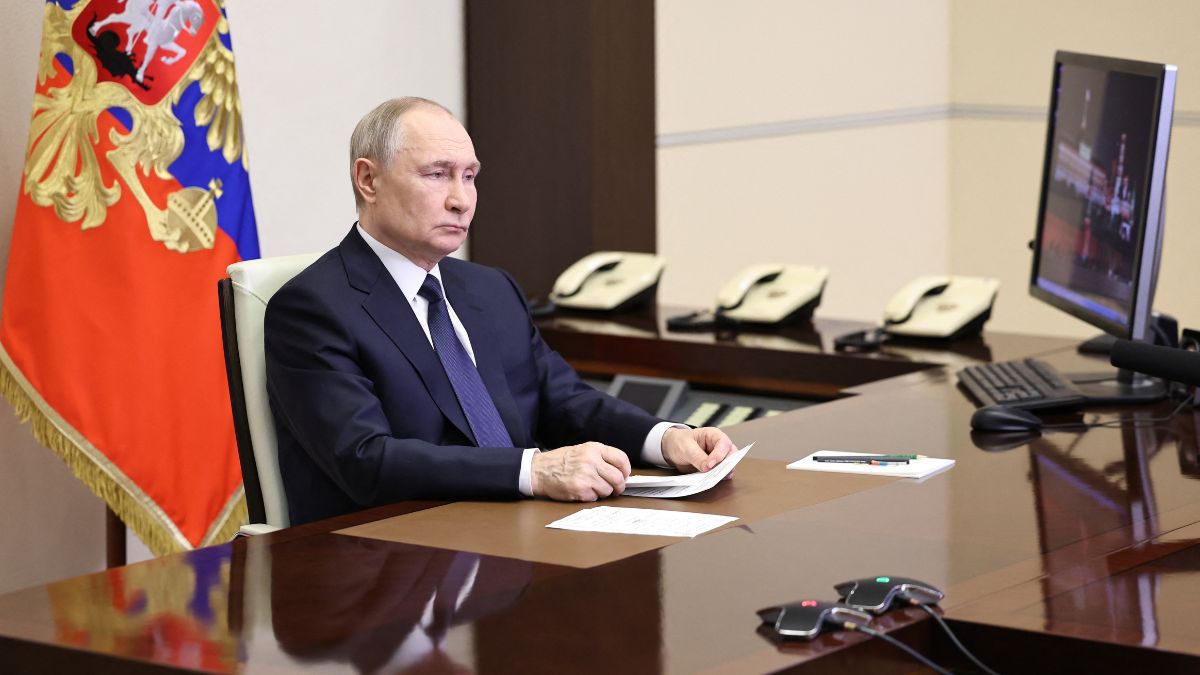)
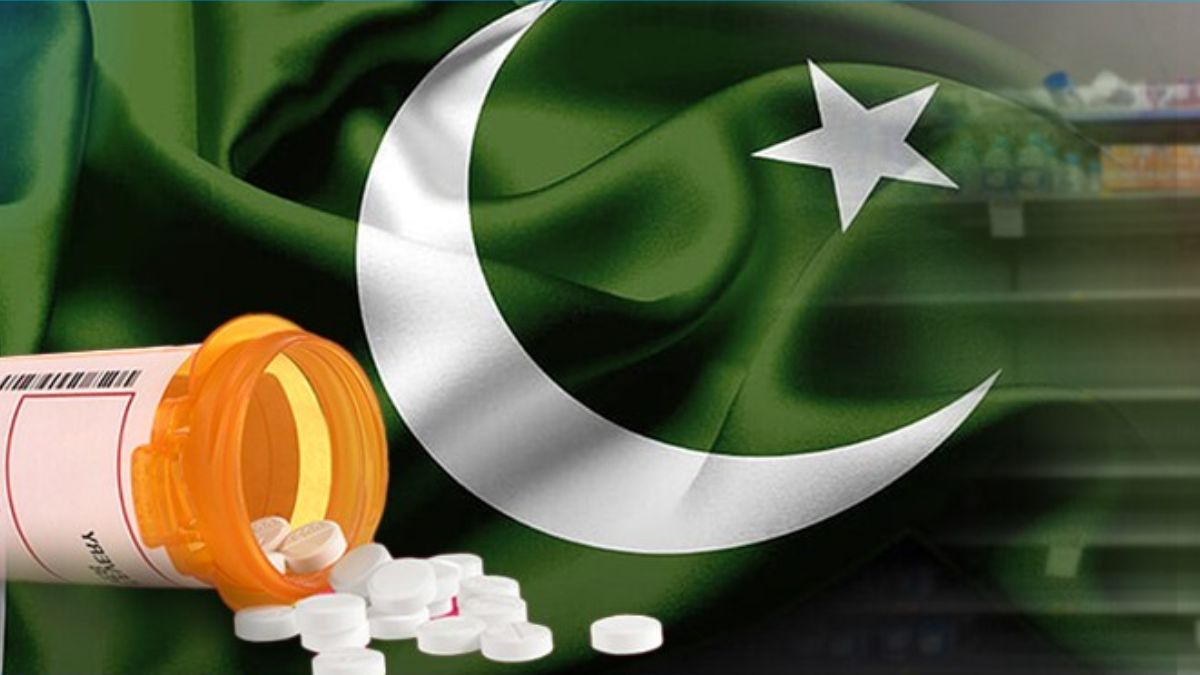)
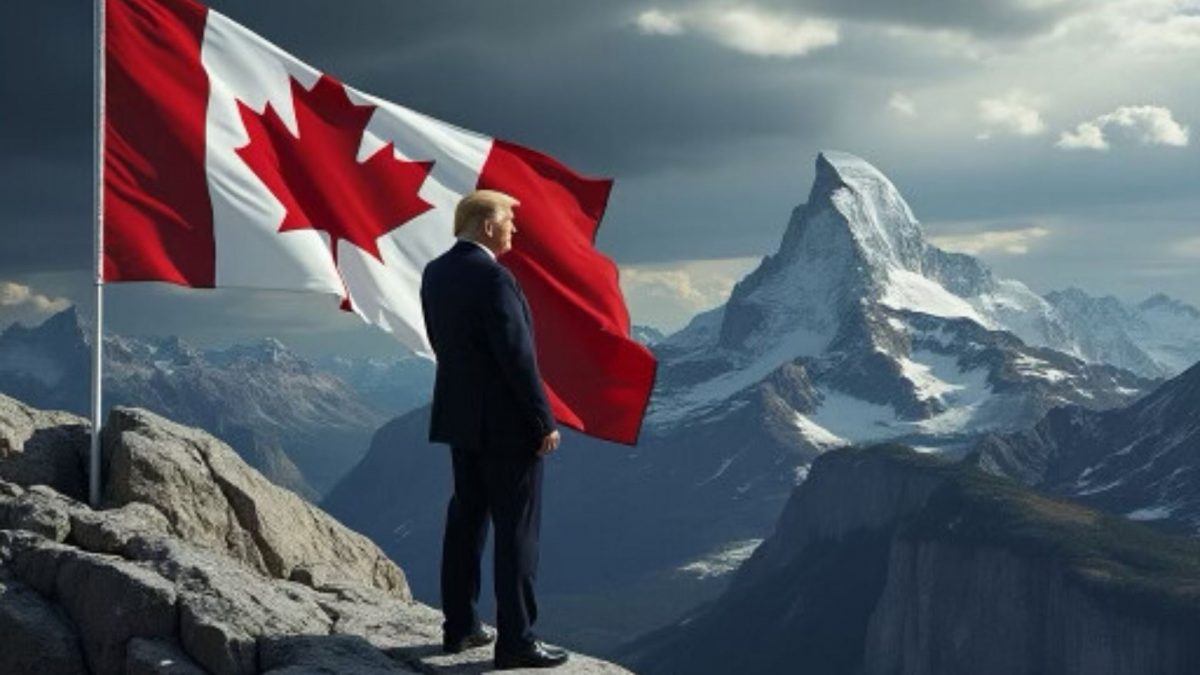)
)
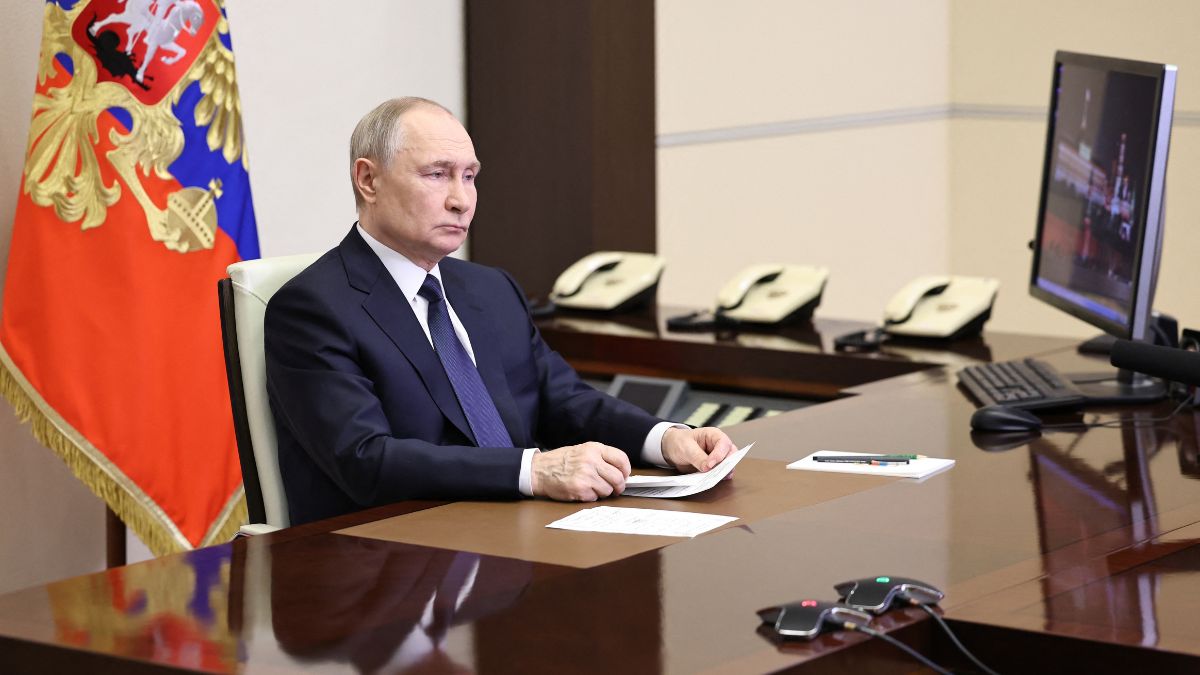)
)
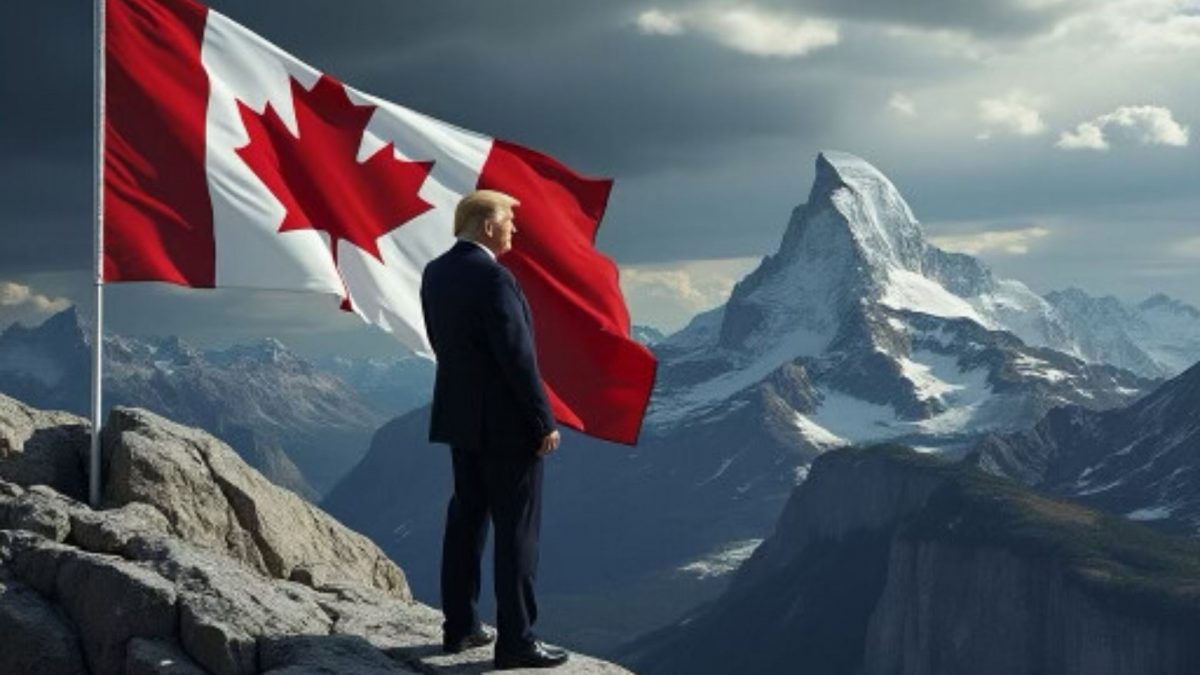)
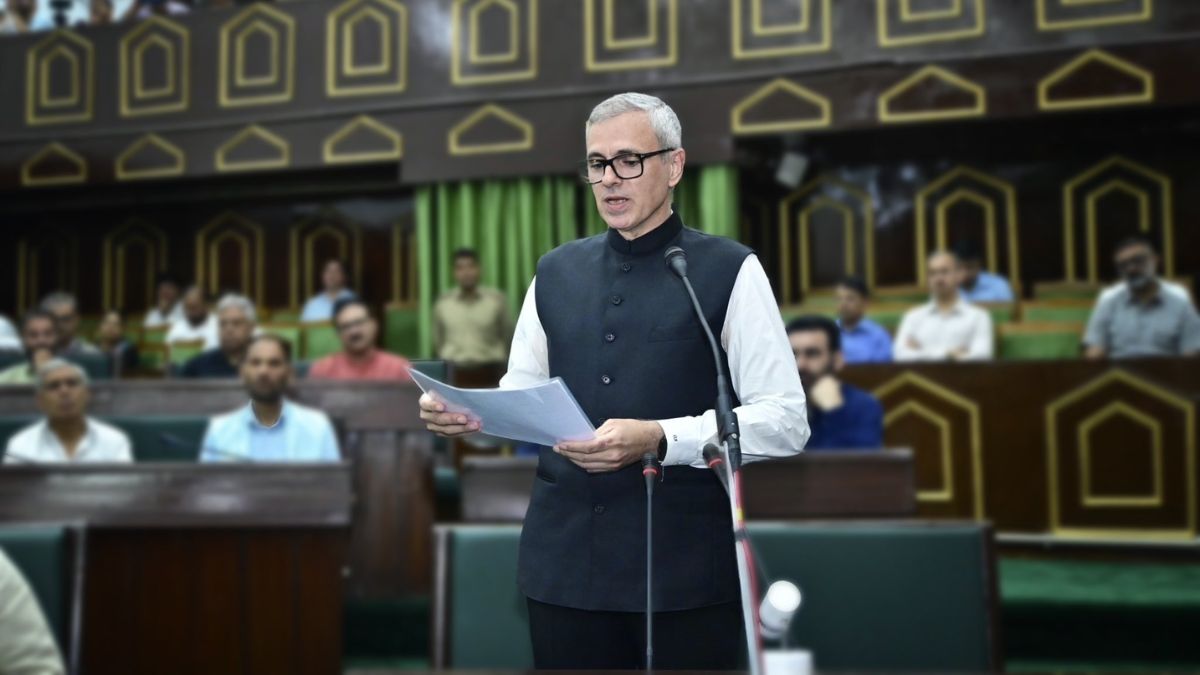)